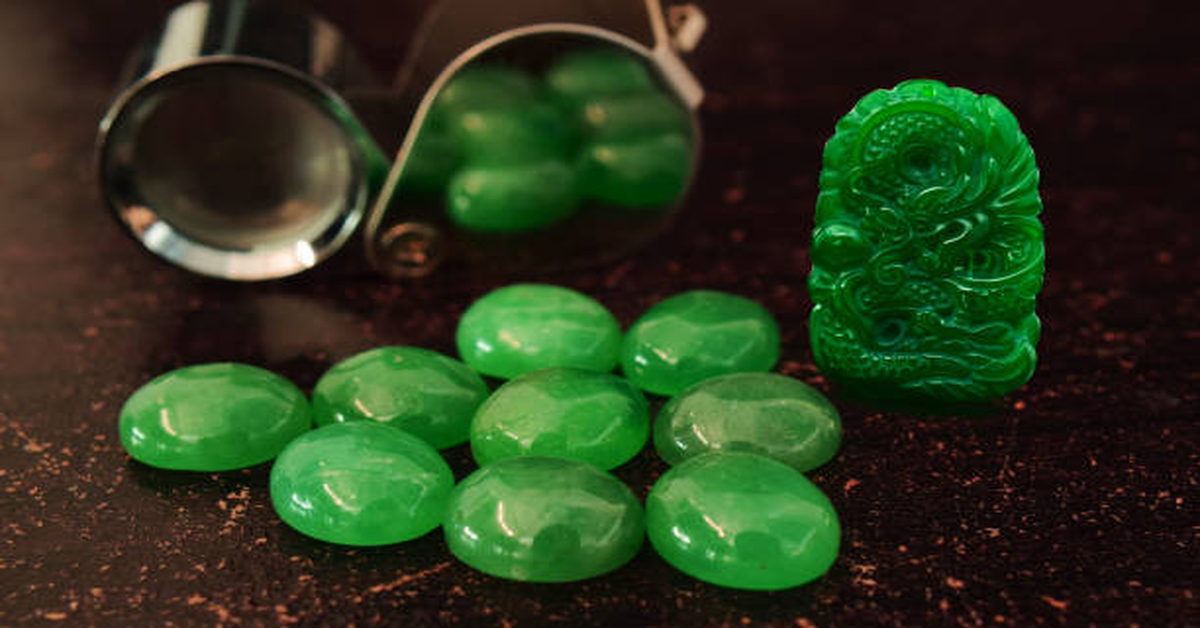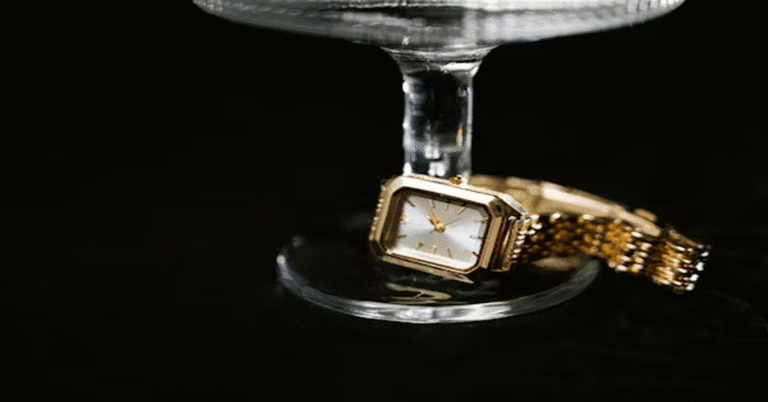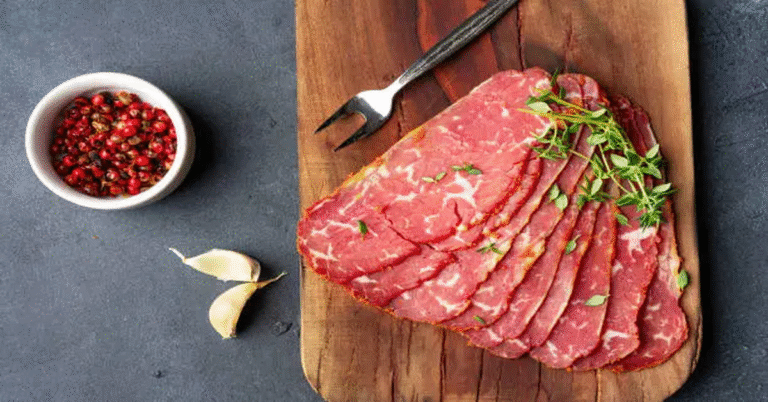
The jadeitový kameň, known in English as jadeite stone, holds a special place in human history, spirituality, and healing traditions. Across centuries, civilizations have revered this stone not only for its captivating beauty but also for its perceived metaphysical properties and protective energy. It has been worn as jewelry, carved into amulets, used in rituals, and admired as an ornamental stone that embodies both elegance and power. While jadeite often shares the limelight with nephrite under the collective name “jade,” it is jadeite that is considered rarer, more vibrant in color, and more valuable.
This article provides an in-depth exploration of jadeitový kameň, presenting its origins, physical properties, cultural importance, healing attributes, and practical applications in both traditional and modern contexts. By examining its geological formation, symbolic significance, and role in personal well-being, readers can gain a holistic understanding of why this stone continues to fascinate and inspire people worldwide. The discussion goes far beyond surface beauty—it examines jadeite as a mineral, a cultural artifact, and a bridge between nature and human belief systems.
Geological and Physical Overview of Jadeitový Kameň
Jadeitový kameň is a pyroxene mineral that is part of the broader jade family, which also includes nephrite. While both stones share certain similarities, jadeite is rarer and often exhibits more vivid colors, ranging from emerald green to lavender, pink, red, blue, yellow, and even black. The most sought-after jadeite is “Imperial Jade,” a deep emerald-green variety colored by traces of chromium.
Physical Properties
| Property | Description |
|---|---|
| Mineral Group | Pyroxene |
| Chemical Formula | NaAlSi₂O₆ |
| Hardness (Mohs scale) | 6.5 – 7 (suitable for carving and jewelry) |
| Color Range | Green, lavender, white, pink, yellow, red, brown, black, blue |
| Transparency | Opaque to semi-transparent |
| Luster | Vitreous to pearly |
| Specific Gravity | 3.3 – 3.5 |
These properties make jadeite an ideal material for both artistic creations and spiritual objects. Its durability ensures longevity, while its rich color variations allow artisans and healers to assign different meanings and applications to each variety.
Historical Significance of Jadeitový Kameň
In Ancient Civilizations
Jadeite has been used for thousands of years across different continents. Archaeological findings show that ancient Mesoamerican cultures such as the Olmec, Maya, and Aztec treasured jadeite more than gold. It was carved into masks, beads, ceremonial tools, and protective talismans. For these civilizations, jadeite symbolized life, fertility, and spiritual power.
In China, jadeite became prominent during the Qing dynasty when Burmese jadeite was imported. Unlike nephrite, which had been valued for millennia in earlier dynasties, jadeite’s vibrant green tones captivated the imperial court. It quickly came to represent prosperity, status, and moral virtue. Even today, jadeite jewelry remains one of the most prized possessions in Chinese culture.
In European Traditions
In Europe, jadeite was less common historically, but when introduced, it was admired for its beauty and used for ornamental carvings and jewelry. The metaphysical attributes associated with jadeite spread into European spiritual traditions, where it was considered a stone of balance and protection.
Symbolism and Spiritual Meaning of Jadeite
Jadeite has long been associated with qualities that extend beyond the physical realm. Cultures worldwide have attributed symbolic meanings that reflect both inner and outer harmony.
Core Symbolic Associations
- Harmony and Balance: Jadeite is believed to restore equilibrium in emotional, mental, and physical aspects of life.
- Prosperity and Abundance: Known as a stone of luck, it is thought to attract wealth and opportunities.
- Protection: Many cultures view jadeite as a protective talisman against negativity and harm.
- Longevity and Health: In traditional beliefs, jadeite is associated with vitality, healing, and longevity.
- Spiritual Growth: Jadeite is linked to wisdom, inner peace, and the strengthening of spiritual connections.
Healing and Metaphysical Properties
Physical Healing
Though not a substitute for medical treatment, jadeitový kameň is traditionally used in crystal healing practices for:
- Supporting kidney and bladder health
- Encouraging detoxification and purification
- Boosting immune function
- Relieving joint pain and muscle tension
Emotional Healing
Jadeite is considered a stone of serenity and comfort. It helps reduce stress, promotes emotional resilience, and encourages self-acceptance. Many crystal practitioners use jadeite during meditation to enhance calmness and clarity.
Metaphysical Benefits
On a spiritual level, jadeite is thought to connect with the heart chakra, fostering love, compassion, and forgiveness. It is also believed to enhance dream recall and aid in spiritual guidance during sleep.
Varieties of Jadeitový Kameň
| Variety | Color/Features | Common Associations |
|---|---|---|
| Imperial Jade | Vivid emerald green | Wealth, prosperity, prestige |
| Lavender Jade | Light to deep lavender | Spiritual awareness, emotional healing |
| Red/Orange Jade | Warm red or orange tones | Vitality, courage, motivation |
| Yellow Jade | Soft yellow hues | Happiness, optimism, clarity |
| Black Jade | Deep black to dark green-black | Protection, grounding, strength |
| White Jadeite | Creamy or pure white | Purity, peace, simplicity |
| Blue Jade | Rare bluish tones | Wisdom, inner peace, clarity of communication |
Each color variation carries its own symbolic and energetic associations, allowing individuals to choose jadeite stones that align with personal intentions.
Jadeitový Kameň in Jewelry and Art
Jadeite’s hardness and vibrant colors make it ideal for creating lasting works of art and jewelry. Common uses include:
- Necklaces and Pendants: Worn close to the heart to enhance emotional healing.
- Bracelets and Rings: Popular for everyday wear and symbolic meanings.
- Amulets and Talismans: Crafted for protection and spiritual guidance.
- Carvings and Statues: Often depicting deities, animals, or symbols of prosperity.
The artistry involved in jadeite carving is highly respected, particularly in East Asian traditions where master carvers pass down techniques through generations.
Cultural and Modern Relevance
Today, jadeitový kameň is not only treasured in cultural contexts but also embraced in wellness practices, fashion, and interior design. It is used in modern spa treatments, such as jade rollers for facial massage, believed to improve circulation and skin health. Designers incorporate jadeite into jewelry collections, blending traditional significance with contemporary styles. Collectors continue to value rare varieties, with some high-quality jadeite stones fetching millions at auctions.
How to Care for Jadeitový Kameň
To preserve its beauty and energy, jadeite should be handled carefully.
- Cleaning: Use mild soap and lukewarm water; avoid harsh chemicals.
- Storage: Store separately to prevent scratches.
- Energy Cleansing: Practitioners often cleanse jadeite energetically by placing it under moonlight, rinsing with natural water, or using sage smudging.
Table: Practical Applications of Jadeitový Kameň
| Application | Description |
|---|---|
| Jewelry | Rings, bracelets, necklaces, pendants |
| Meditation Tools | Palm stones, worry stones, spiritual carvings |
| Healing Practices | Used in Reiki, chakra balancing, energy healing |
| Home Decor | Jadeite figurines, statues, decorative carvings |
| Modern Wellness | Facial rollers, massage tools |
| Collectibles | Rare stones prized by collectors worldwide |
Risks, Myths, and Considerations
While jadeitový kameň is admired for its many qualities, it is important to address potential misconceptions and risks.
- Authenticity Issues: Due to its high value, jadeite is often imitated or treated. Buyers should seek reputable sources.
- Healing Limitations: While jadeite is used in holistic practices, it should not replace medical treatment.
- Myths: Some myths suggest jadeite guarantees wealth or immortality, which are symbolic rather than literal interpretations.
Conclusion
The jadeitový kameň is more than a beautiful gemstone—it is a symbol of cultural heritage, spiritual depth, and healing energy. From ancient civilizations to modern wellness practices, jadeite has maintained its allure as a stone of harmony, prosperity, and protection. Its variety of colors, durable nature, and profound associations make it not only a collector’s treasure but also a personal companion for those seeking balance and meaning in life.
By appreciating jadeite in its many dimensions—geological, cultural, spiritual, and practical—we enrich our understanding of how natural stones influence human history and personal well-being.
FAQs
1. What is the difference between jadeite and nephrite?
Jadeite is rarer, harder, and more vibrant in color compared to nephrite. Both are considered types of jade but have different mineral compositions.
2. Why is Imperial Jade so valuable?
Imperial Jade, colored by chromium, has a rich emerald-green hue, high transparency, and rarity, making it the most sought-after jadeite variety.
3. Can jadeitový kameň really heal the body?
While jadeite is used in crystal healing for detoxification and stress relief, it should complement but not replace medical treatment.
4. How can I tell if my jadeite is genuine?
Authentic jadeite should be purchased from reputable dealers. Tests like density checks, refractive index, and professional certifications ensure authenticity.
5. Is jadeite suitable for everyday wear?
Yes, with proper care. Its hardness makes it durable for jewelry, but it should be protected from harsh chemicals and scratches.






